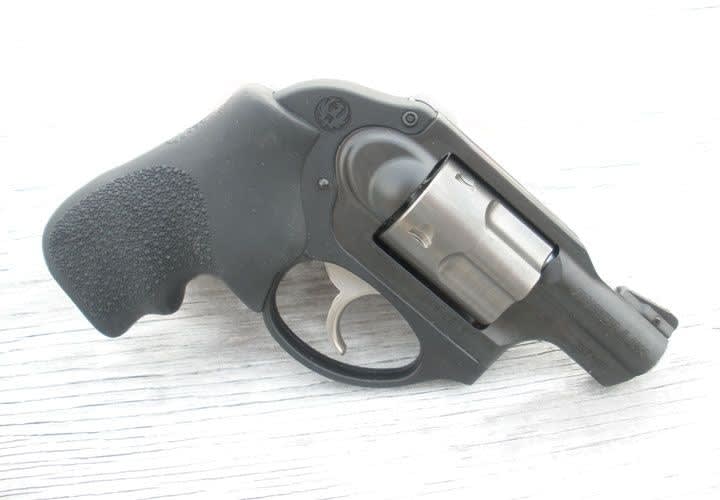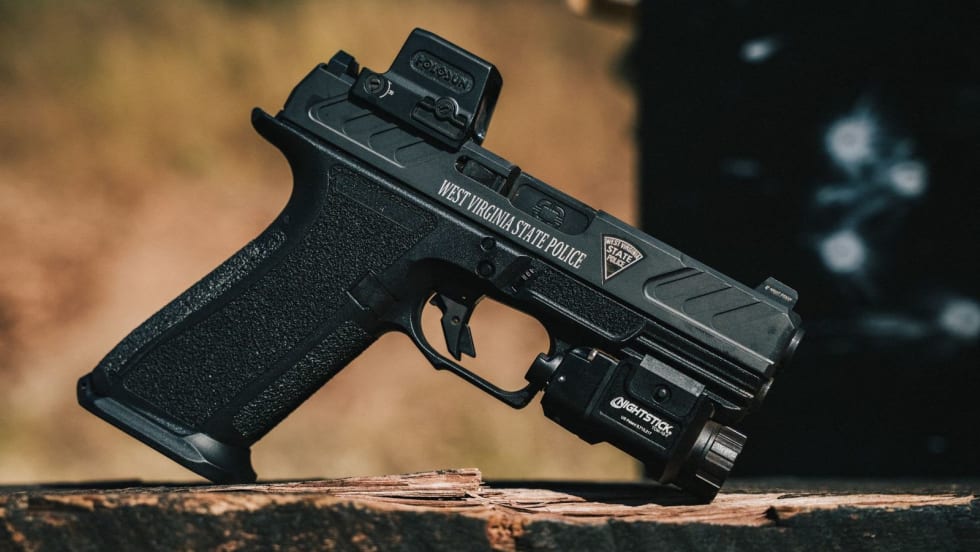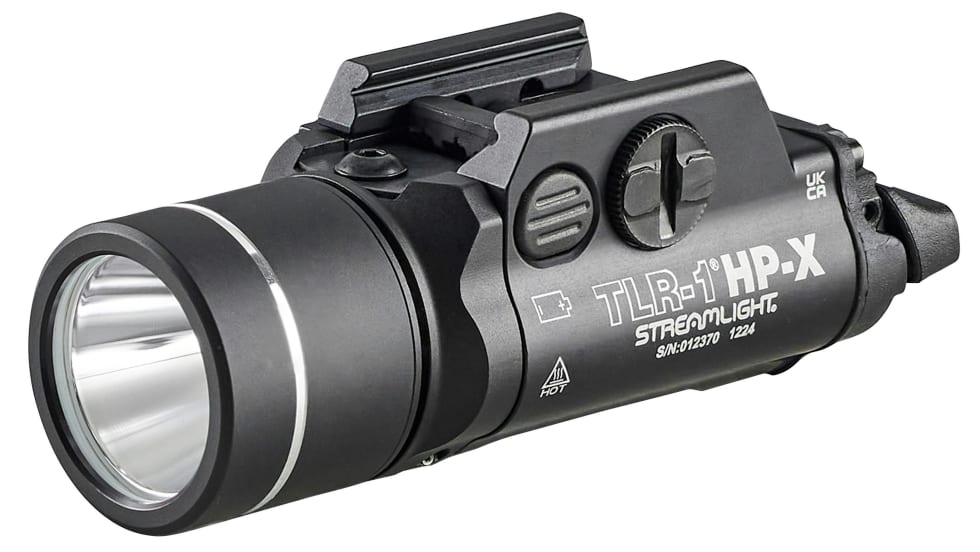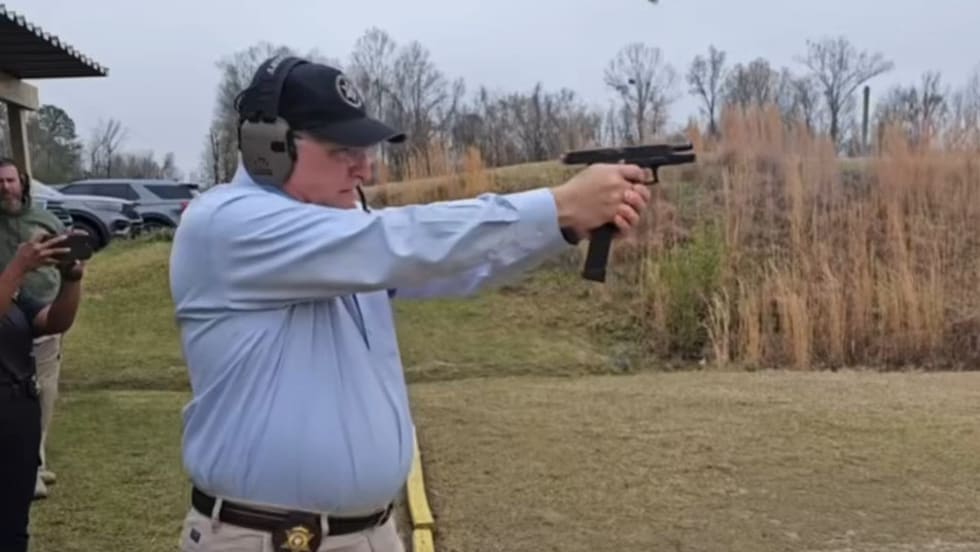When carrying the LCR as a backup gun you may or may not choose to carry spare ammo for it. However, if you choose to carry it off-duty you should know what will work for you. I need to also note here that I found that not all "J" frame holsters will accept the LCR.
Drawing the weapon is a very important part of testing a backup gun. I like to do it from five yards, and I recommend that when you evaluate a BUG that you use the same technique that you plan to use on the street. In my case, I chose a DeSantis Nemesis pocket holster carried on the support side.
In this segment of the test I fire three rounds quickly, support hand only, and I only count hits in the "torso" of the target or into an area measuring 12x18 inches. This test evaluates the holster and recoil control using duty ammo and only from the support hand. I continue the test by repeating the exact same drill at three yards.
I learned a few things during the range testing of these revolvers. The .38 Special LCR with the boot grip was quick to draw and controllable, but the recoil was noticeable. The .357 with the standard grip was slower to draw, especially from a pocket, because there wasn't as much space to get a good grip but the rapid fire control was much better.
Before doing any more testing, I put the Crimson Trace Lasergrip on the .38 and it made all the difference. It has almost the same dimensions as the boot grip while offering a little more to hang onto, making the .38 much more controllable for me when I resumed the various firing drills. I am convinced that the Lasergrip is a must-have item for a snubby revolver.










